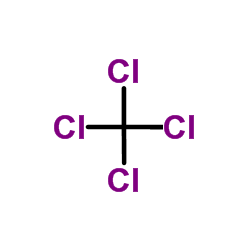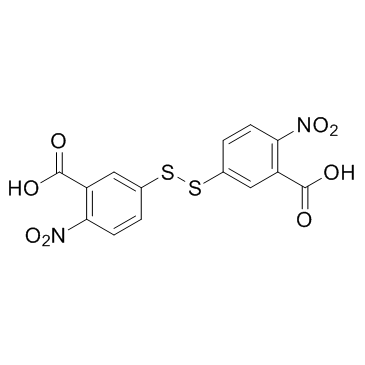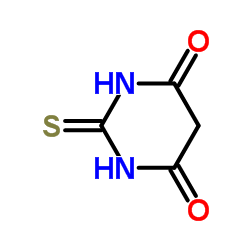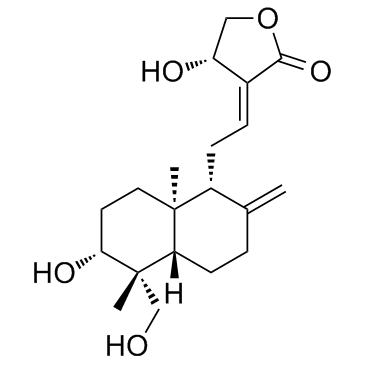| Structure | Name/CAS No. | Articles |
|---|---|---|
 |
Carbon tetrachloride
CAS:56-23-5 |
|
 |
Acetonitrile
CAS:75-05-8 |
|
 |
Pyrogallol
CAS:87-66-1 |
|
 |
DTNB
CAS:69-78-3 |
|
 |
2,4-Dinitrochlorobenzene
CAS:97-00-7 |
|
 |
4,6-Dihydroxy-2-mercaptopyrimidine
CAS:504-17-6 |
|
 |
L-Glutathione oxidized disodium salt
CAS:103239-24-3 |
|
 |
Andrographolide
CAS:5508-58-7 |